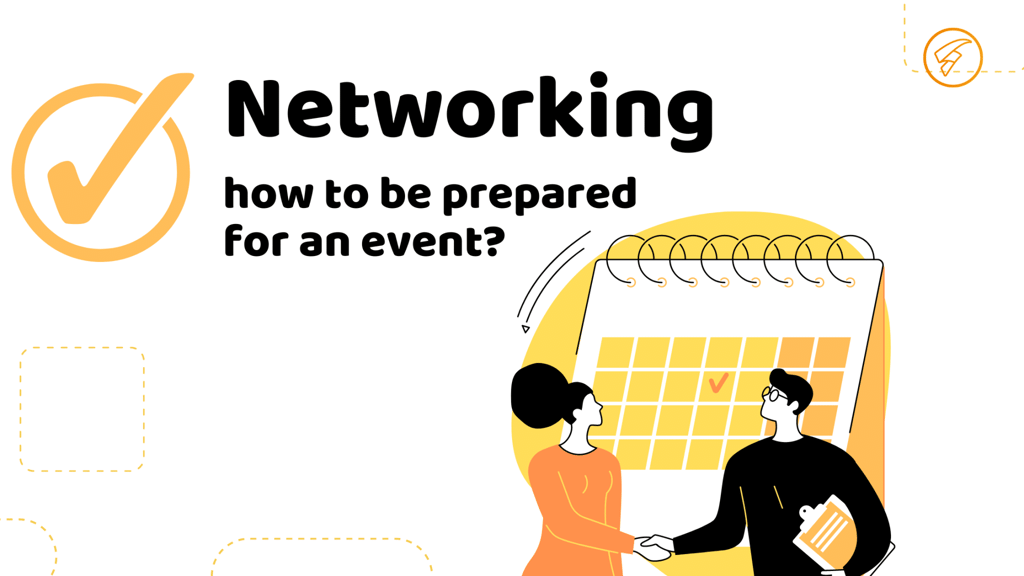Networking: key points when preparing for an event

Do we prepare before participating in a networking event,
Or do we leave everything in the hands of our ability to improvise?
Networking or the management of business and professional relationships is an essential point for organizations that project their future growth and intend to remain current in the industry, being recognized as experts in their market.
For this reason, we share some key points that will help us prepare for an upcoming networking event, especially if they are face-to-face events.
As a starting point we recommend making a list of activities to do, so you can have a record of what has been done and what is missing.
For this you can use tools like ClickUp where you and your team can keep track, or simply a checklist on your cell phone or computer.

Before:
-
Make sure you are clear about your value proposition. Why should they work with you?
-
Recognize potential customers you can reach during the event. Recognize their needs and how you could solve them.
-
If possible, do more research on participating businesses, both peers and potential customers.
-
Prepare the printed and digital material that you consider necessary with your marketing team and developers. Banners, presentations, flyers, key messages, information from your website, business cards or codes. It never hurts to verify that you can have the information within reach.
-
Organize your agenda to make your participation in the event a profitable space for you and your company, and let your team know through their usual means of communication (eg. Slack). Let nothing distract you from the present.
During:
-
Take care of your personal presentation to be the best representative of the essence of your brand, without losing your personality in the process.
-
Your attitude counts, and a lot. It is not about being extroverted, the proactivity you show when participating in learning spaces, curiosity and listening will make a difference. Have an open attitude.
-
Listen. You might think that the key is to talk a lot and talk very well about what you do, but the truth is that it is by listening how you realize your client’s pain, what he needs. Ask more questions to guide the conversation and let them talk.
-
Take notes. Both of the learning activities and the people or companies which you interact with or want to contact later.
-
Connect with those you talk to, and focus on doing it in a natural way. If you can solve what your potential client needs, try to schedule a second appointment right away.
After:
-
Evaluate your participation in the event. How did you feel? How many connections did you make? How can you create a better next experience?
-
Generate content related to the event and publish it on your communication channels, both personal and business.
-
Make sure you follow up on the connections made: review your notes and remember the needs they have before you send anything.
-
Find new ways to stay in touch with people you may meet at the event. Add value to them through the interaction you have with them, for example, with free content or solutions that you have.
Keep in mind that establishing new business relationships can be the Achilles’ heel for many companies and vendors, and we can always improve our process to create profitable connections.
What key points would you add to this list?
Which of the key points has served you the most in your process?
Tell us in the comments.
Related posts:
JIRA isn’t cool anymore, welcome ClickUp


